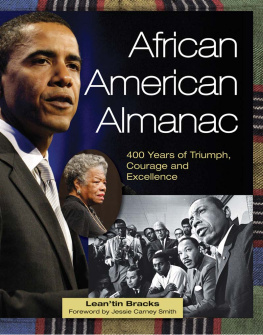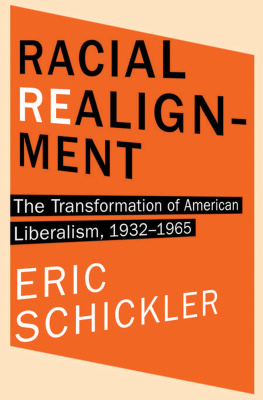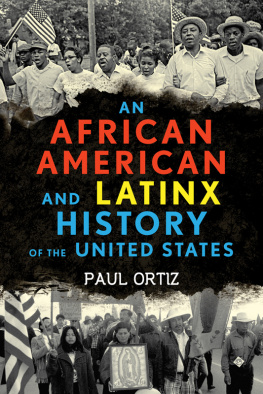Anke Ortlepp - Jim Crow Terminals: The Desegregation of American Airports (Politics and Culture in the Twentieth-Century South Series): 22
Here you can read online Anke Ortlepp - Jim Crow Terminals: The Desegregation of American Airports (Politics and Culture in the Twentieth-Century South Series): 22 full text of the book (entire story) in english for free. Download pdf and epub, get meaning, cover and reviews about this ebook. year: 2017, publisher: University of Georgia Press, genre: Politics. Description of the work, (preface) as well as reviews are available. Best literature library LitArk.com created for fans of good reading and offers a wide selection of genres:
Romance novel
Science fiction
Adventure
Detective
Science
History
Home and family
Prose
Art
Politics
Computer
Non-fiction
Religion
Business
Children
Humor
Choose a favorite category and find really read worthwhile books. Enjoy immersion in the world of imagination, feel the emotions of the characters or learn something new for yourself, make an fascinating discovery.

- Book:Jim Crow Terminals: The Desegregation of American Airports (Politics and Culture in the Twentieth-Century South Series): 22
- Author:
- Publisher:University of Georgia Press
- Genre:
- Year:2017
- Rating:4 / 5
- Favourites:Add to favourites
- Your mark:
Jim Crow Terminals: The Desegregation of American Airports (Politics and Culture in the Twentieth-Century South Series): 22: summary, description and annotation
We offer to read an annotation, description, summary or preface (depends on what the author of the book "Jim Crow Terminals: The Desegregation of American Airports (Politics and Culture in the Twentieth-Century South Series): 22" wrote himself). If you haven't found the necessary information about the book — write in the comments, we will try to find it.
Historical accounts of racial discrimination in transportation have focused until now on trains, buses, and streetcars and their respective depots, terminals, stops, and other public accommodations. It is essential to add airplanes and airports to this narrative, says Anke Ortlepp. Air travel stands at the center of the twentieth centurys transportation revolution, and airports embodied the rapidly mobilizing, increasingly prosperous, and cosmopolitan character of the postwar United States. When segregationists inscribed local definitions of whiteness and blackness onto sites of interstate and even international transit, they not only brought the incongruities of racial separation into sharp relief but also obligated the federal government to intervene.
Ortlepp looks at African American passengers; civil rights organizations; the federal government and judiciary; and airport planners, architects, and managers as actors in shaping aviations legal, cultural, and built environments. She relates the struggles of black travelers--to enjoy the same freedoms on the airport grounds that they enjoyed in the aircraft cabin--in the context of larger shifts in the postwar social, economic, and political order. Jim Crow terminals, Ortlepp shows us, were both spatial expressions of sweeping change and sites of confrontation over the renegotiation of racial identities. Hence, this new study situates itself in the scholarly debate over the multifaceted entanglements of race and space.
Anke Ortlepp: author's other books
Who wrote Jim Crow Terminals: The Desegregation of American Airports (Politics and Culture in the Twentieth-Century South Series): 22? Find out the surname, the name of the author of the book and a list of all author's works by series.






